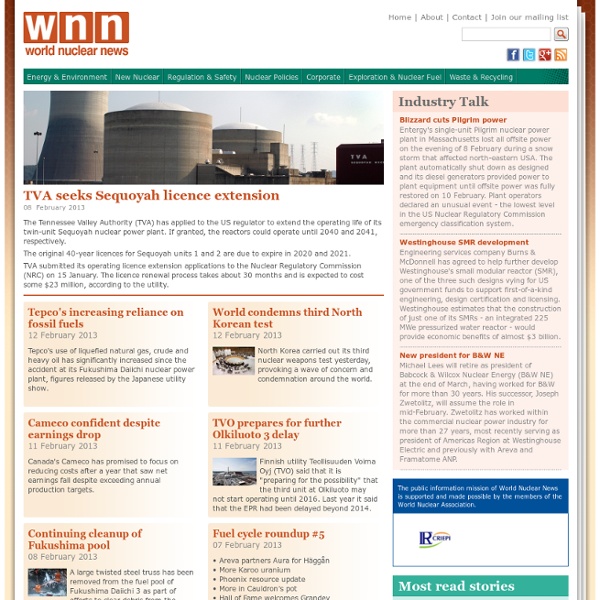



原子力発電所反対デモ 東京・新宿での反原発デモ 「9・11原発やめろデモ」にて 原子力発電所反対デモ(げんしりょくはつでんしょはんたいデモ)とは、原子力発電所の新設や既存の原子力発電所の存続に反対するデモ活動である。反原発デモや脱原発デモとも言う。 傾向[編集] 日本の原子力発電所反対デモは、1970年代以降の原発建設予定地周辺における建設反対運動の他、都市部での原子力発電所反対デモとして、原子力発電所事故が発生した際に盛り上がる例が多い。 日本[編集] 東京での反原発ラリー(2011年3月27日) VOA Herman 東京での反原発デモ(2011年4月16日) 2011年(平成23年)3月11日の東北地方太平洋沖地震を主因に福島第一原子力発電所事故が発生すると、地震による原子力事故への危惧が高まり、東京や福島県浜通りなど全国各地で、原発の廃止を求めるデモ活動が行われるようになった。 2011年3月18日東京電力本社の前で活動家3人がハンドマイクを手に福島第1原発に関する声明を読み上げ、参加者が増えていった。 4月10日には、東京で2つの反原発デモが行われ、それぞれ芝公園では2500人、高円寺では主催者発表で1万5千人、ロイターによれば5千人(どちらで行われたデモかは不明)が参加した[5][6][7]。 同月19日には東京・明治公園で、ノーベル文学賞受賞者の大江健三郎らが呼びかけて主催者発表によれば6万人規模のデモが行われた[6][12]。 一方「山河を守れ」「国土を汚すな」と保守派や民族派、右翼団体からも、反原発デモや団体に同調したり、参加したりする場面も出てきている。 2012年(平成24年)7月20日には、保守派の論客勝谷誠彦が大飯原発再稼働に反対する首相官邸前デモに参加。 過激派[編集] 公安調査庁は、2011年(平成23年)の動向として、“中核派や革マル派などが、反原発運動の高まりを好機と見て反原発を訴えながら活動を活発化させる一方で自派の機関紙やビラを配布するなどの宣伝活動に取り組み勢力拡大を図っている”とする[13]。 2011年3月31日には約100人による東京電力に対する抗議デモが行われたが、行進を停滞させるなど、デモの許可条件や警察官の警告に反する違法な先導をしたとして、警視庁公安部が中核派の活動家3人を逮捕したという[18]。 事件[編集] 反原発デモに対するカウンターデモ(原発推進デモ)[編集]
Anti-nuclear protests Anti-nuclear demonstration in Colmar, north-eastern France, on October 3, 2009. Anti-nuclear protests began on a small scale in the U.S. as early as 1946 in response to Operation Crossroads.[1] Large scale anti-nuclear protests first emerged in the mid-1950s in Japan in the wake of the March 1954 Lucky Dragon Incident. August of 1955 saw the first meeting of the World Conference against Atomic and Hydrogen Bombs, which had around 3,000 participants from Japan and other nations.[2] Protests began in Britain in the late 1950s and early 1960s.[3] In the United Kingdom, the first Aldermaston March, organised by the Campaign for Nuclear Disarmament, took place in 1958.[4][5] In 1961, at the height of the Cold War, about 50,000 women brought together by Women Strike for Peace marched in 60 cities in the United States to demonstrate against nuclear weapons.[6][7] In 1964, Peace Marches in several Australian capital cities featured "Ban the Bomb" placards.[8][9] Australia and the Pacific[edit]
nuclear-news.info 能源新聞蒐集網 Nuclear power phase-out Eight German nuclear power reactors (Biblis A and B, Brunsbuettel, Isar 1, Kruemmel, Neckarwestheim 1, Philippsburg 1 and Unterweser) were permanently shut down on 6 August 2011, following the Japanese Fukushima nuclear disaster.[1] A nuclear power phase-out is the discontinuation of usage of nuclear power for energy production. Often initiated because of concerns about nuclear power, phase-outs usually include shutting down nuclear power plants and looking towards renewable energy and other fuels. Three catastrophic nuclear accidents have influenced the discontinuation of nuclear power: the 1979 Three Mile Island partial nuclear meltdown in the United States, the 1986 Chernobyl disaster in the USSR, and the 2011 Fukushima nuclear disaster in Japan. Sweden(1980) was the first country to begin a phase-out (influenced by the Three Mile Island accident), followed by Italy (1987), Belgium (1999), and Germany (2000). Overview[edit] Countries that have decided on a phase out[edit] Austria[edit]
Gordoncheng's 2nd Blog | A fine Electricity News site Radioactive waste Radioactive wastes are wastes that contain radioactive material. Radioactive wastes are usually by-products of nuclear power generation and other applications of nuclear fission or nuclear technology, such as research and medicine. Radioactive waste is hazardous to most forms of life and the environment, and is regulated by government agencies in order to protect human health and the environment. Radioactivity naturally decays over time, so radioactive waste has to be isolated and confined in appropriate disposal facilities for a sufficient period of time until it no longer poses a hazard. A summary of the amounts of radioactive waste and management approaches for most developed countries are presented and reviewed periodically as part of the International Atomic Energy Agency (IAEA) Joint Convention on the Safety of Spent Fuel Management and on the Safety of Radioactive Waste Management.[1] Nature and significance of radioactive waste[edit] Physics[edit] Pharmacokinetics[edit]
Nuclear decommissioning Example of decommissioning work underway. The reactor pressure vessel being transported away from the site for burial. Nuclear decommissioning is the process by which a nuclear power plant site is dismantled to the point that it no longer require measures for radiation protection. Decommissioning is an administrative and technical process. Options[edit] The International Atomic Energy Agency has defined three options for decommissioning: Immediate Dismantling (Early Site Release/Decon in the US): This option allows for the facility to be removed from regulatory control relatively soon after shutdown or termination of regulated activities. Experience[edit] A wide range of nuclear facilities have been decommissioned so far. North America[edit] The Pickering Nuclear Generating Station, viewed from the west. Several nuclear reactors dismantled in North America, type, power, and decommissioning cost:[7][8][9] Asia[edit] Reactors not located in Japan[edit] Japan[edit] Western Europe[edit] Cost[edit]